Smith & Wesson: Making a Comeback
Demand for the company's guns is expected to increase and help the stock regain its growth-darling status.
Shares of Smith & Wesson closed at $5.82 on September 2, just about where they traded three years ago. Between then and last October, the firearms maker became a growth-stock darling, beating profit estimates and zooming to as high as $22 before stalling badly. Investors dropped the stock (symbol SWHC) like a hot shell casing.
Will it rebound? There's a good chance it will. But to appreciate S&W's prospects, you have to understand a little about its history, about politics and about what the U.S. gun culture expects from the country's largest handgun producer.
S&W's timing usually has been good. The company was created five years before the Civil War began and made weapons with what was then a big technological breakthrough: cartridges in a revolving cylinder. Since the company's inception, its products have often been the signature sidearm of both law enforcement and military personnel. To the general public, S&W is best known for its Model 29, a .44-magnum revolver popularized by Clint Eastwood in the Dirty Harry movies.
From just $107.88 $24.99 for Kiplinger Personal Finance
Become a smarter, better informed investor. Subscribe from just $107.88 $24.99, plus get up to 4 Special Issues

Sign up for Kiplinger’s Free Newsletters
Profit and prosper with the best of expert advice on investing, taxes, retirement, personal finance and more - straight to your e-mail.
Profit and prosper with the best of expert advice - straight to your e-mail.
The Wesson family gave up control of the company in the 1960s, and for 40 years it was a bauble passed among conglomerates. The most recent one to own it, England's Tomkins PLC, did something in 2000 that so offended U.S. gun retailers and buyers that sales plummeted: To settle government lawsuits, Tomkins signed an agreement with the Clinton administration that, among other things, limited the sale of handguns.
But truth be told, U.S. gun enthusiasts weren't wild about Smith & Wesson products at the time of the scrum. Tomkins had let the brand languish, and its products lacked the innovation and quality of such foreign competitors as Austria's Glock. Glock handguns now dominate the military and law-enforcement market.
By 2001, Tomkins was sick of its money-losing Smith & Wesson division and sold it to a U.S. company for $45 million -- well below the $112 million Tomkins had paid for S&W 14 years earlier. The buyer was Saf-T-Hammer, which made gun locks, among other safety equipment, and which employed a former Smith & Wesson exec as its president. A year later, Saf-T-Hammer changed its name to Smith & Wesson Holdings.
The new company applied itself to improving the quality of its products and increasing the number of models, moves that resonated with gun buyers. A friend of mine who owns several handguns and follows the gun market says that when S&W faltered, U.S. gun owners "were willing to let Smith & Wesson die. They didn't want to buy junk." But if S&W's products are seen as being equal to, if not better than, those of foreign gun makers, most Americans would rather buy guns made by a U.S. company, my friend says.
That's important, because 80% of S&W's handgun sales are to civilians. Unfortunately, civilian demand "fell off a cliff," in fall 2007, says Northland Securities analyst Chris Krueger. He says inventory levels soared, which continued to depress S&W sales, even when demand starting picking up earlier this year. By spring, handgun sales "had pretty much normalized," and sales in July were up 18% from the same month in '07, he says.
Sales may surge this fall, Krueger adds, but that won't necessarily be bullish for S&W. He reckons that gun users may rush to the store in anticipation of a Democratic election sweep, which could lead to enactment of tougher gun-control laws. Still, he's bullish on S&W's stock because of increased demand not just from civilians, but from law-enforcement agencies and the military. S&W is also getting into long guns, although it's still too early to know if its shotguns and rifles will catch on.
The company earned 22 cents a share for its fiscal year that ended last 2008, and Krueger predicts 27 cents a share for fiscal 2009 and 47 cents for fiscal 2010. If he's right, the stock, Democrats willing, could pass the $10 mark and regain its growth-darling status.
Profit and prosper with the best of Kiplinger's advice on investing, taxes, retirement, personal finance and much more. Delivered daily. Enter your email in the box and click Sign Me Up.

-
 AI Stocks Lead Nasdaq's 398-Point Nosedive: Stock Market Today
AI Stocks Lead Nasdaq's 398-Point Nosedive: Stock Market TodayThe major stock market indexes do not yet reflect the bullish tendencies of sector rotation and broadening participation.
-
 Top Tech Gifts to Grab at Walmart Before Christmas
Top Tech Gifts to Grab at Walmart Before ChristmasBig savings on Apple, Bose, HP, Vizio and more while there's still time to shop.
-
 AI Appliances Aren’t Exciting Buyers…Yet
AI Appliances Aren’t Exciting Buyers…YetThe Kiplinger Letter Artificial intelligence is being embedded into all sorts of appliances. Now sellers need to get customers to care about AI-powered laundry.
-
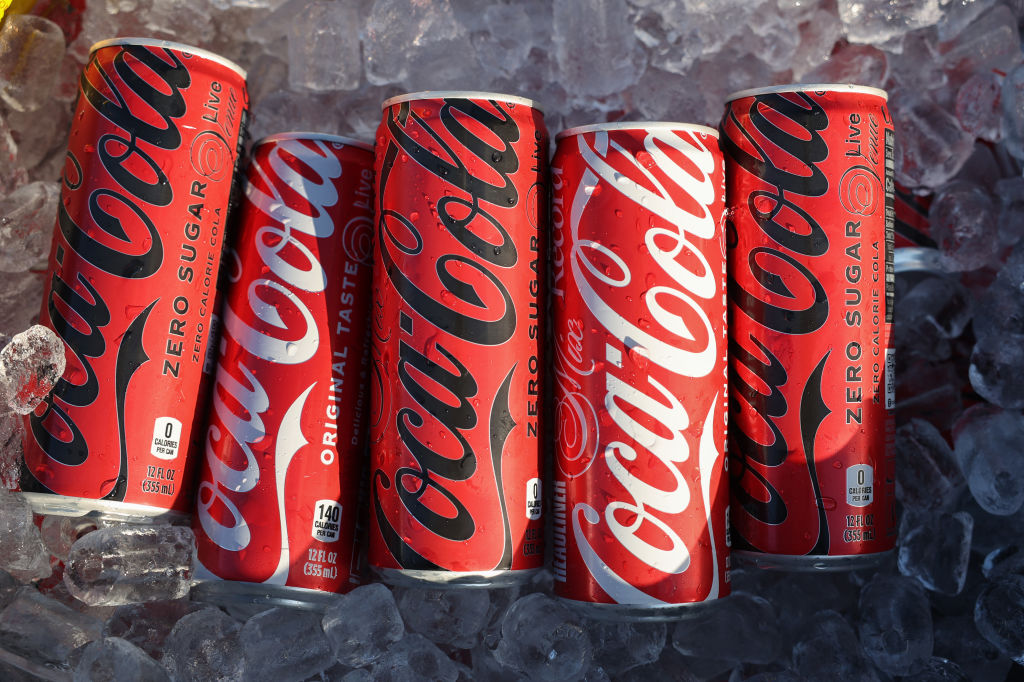 If You'd Put $1,000 Into Coca-Cola Stock 20 Years Ago, Here's What You'd Have Today
If You'd Put $1,000 Into Coca-Cola Stock 20 Years Ago, Here's What You'd Have TodayEven with its reliable dividend growth and generous stock buybacks, Coca-Cola has underperformed the broad market in the long term.
-
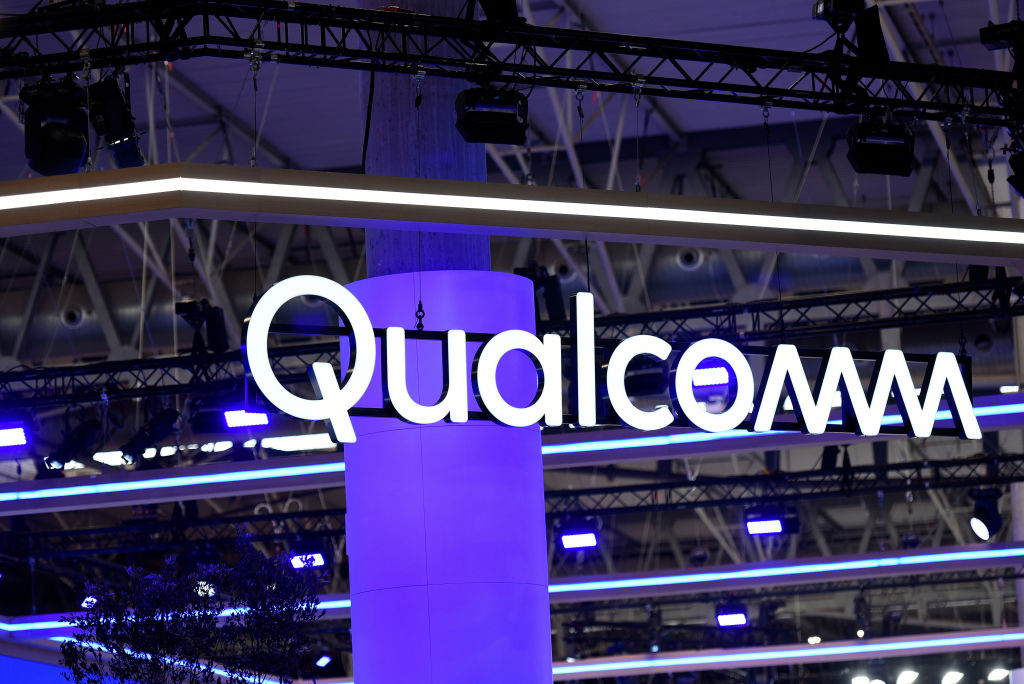 If You Put $1,000 into Qualcomm Stock 20 Years Ago, Here's What You Would Have Today
If You Put $1,000 into Qualcomm Stock 20 Years Ago, Here's What You Would Have TodayQualcomm stock has been a big disappointment for truly long-term investors.
-
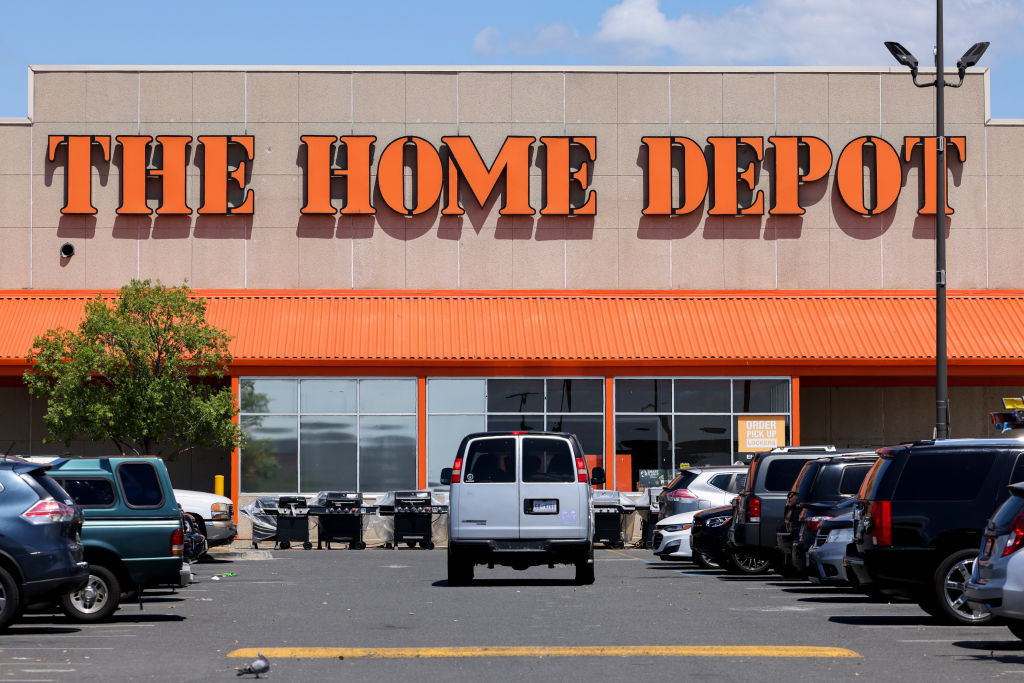 If You'd Put $1,000 Into Home Depot Stock 20 Years Ago, Here's What You'd Have Today
If You'd Put $1,000 Into Home Depot Stock 20 Years Ago, Here's What You'd Have TodayHome Depot stock has been a buy-and-hold banger for truly long-term investors.
-
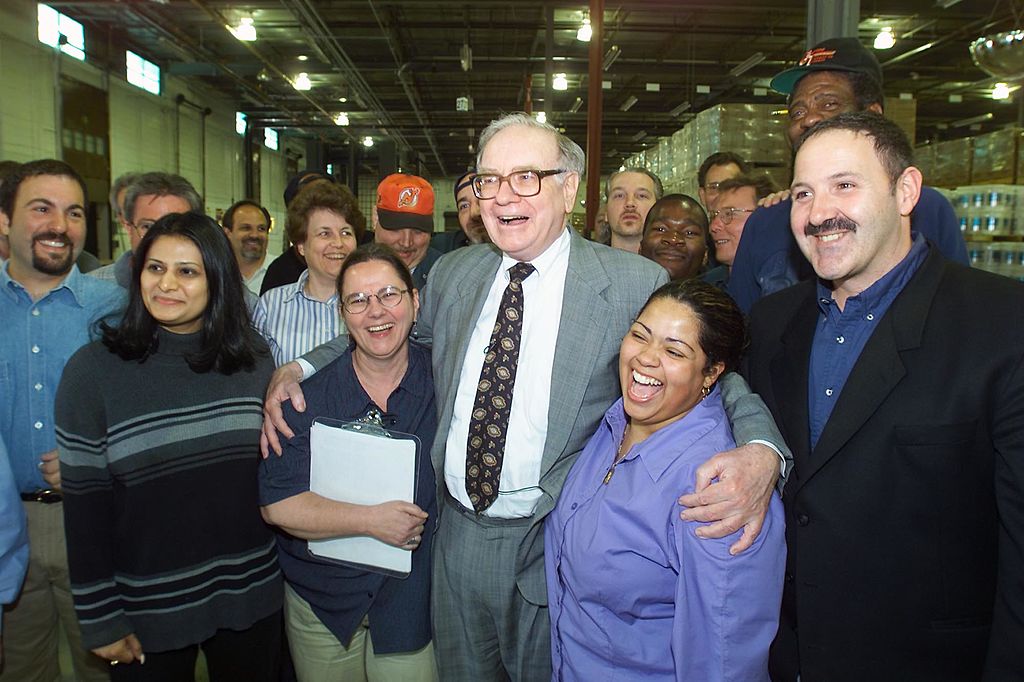 What the Rich Know About Investing That You Don't
What the Rich Know About Investing That You Don'tPeople like Warren Buffett become people like Warren Buffett by following basic rules and being disciplined. Here's how to accumulate real wealth.
-
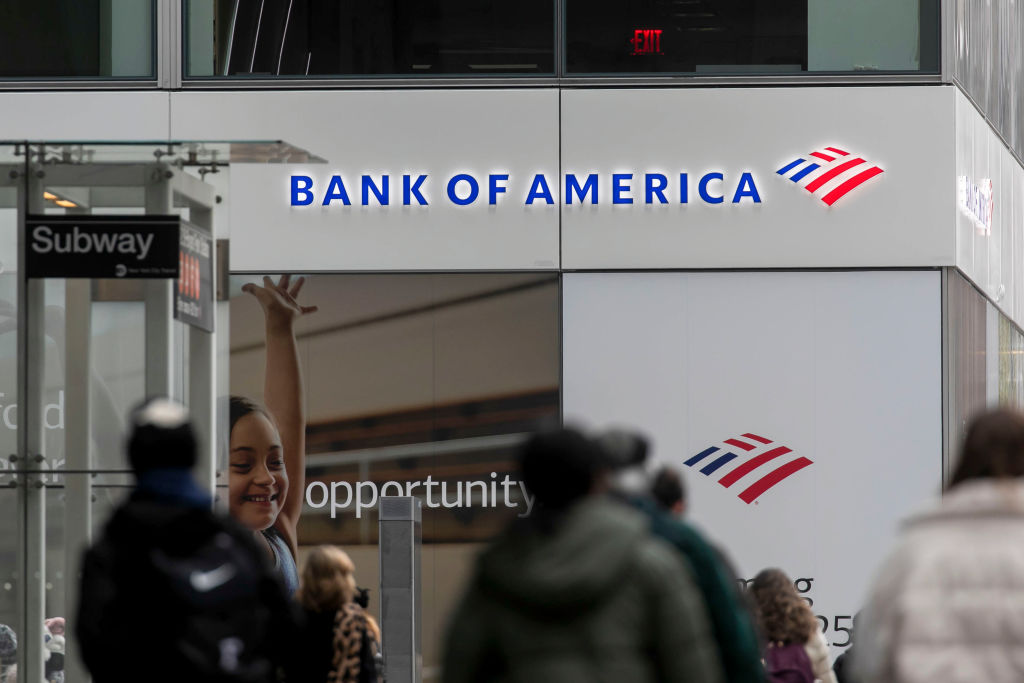 If You'd Put $1,000 Into Bank of America Stock 20 Years Ago, Here's What You'd Have Today
If You'd Put $1,000 Into Bank of America Stock 20 Years Ago, Here's What You'd Have TodayBank of America stock has been a massive buy-and-hold bust.
-

 If You'd Put $1,000 Into Oracle Stock 20 Years Ago, Here's What You'd Have Today
If You'd Put $1,000 Into Oracle Stock 20 Years Ago, Here's What You'd Have TodayORCL Oracle stock has been an outstanding buy-and-hold bet for decades.
-
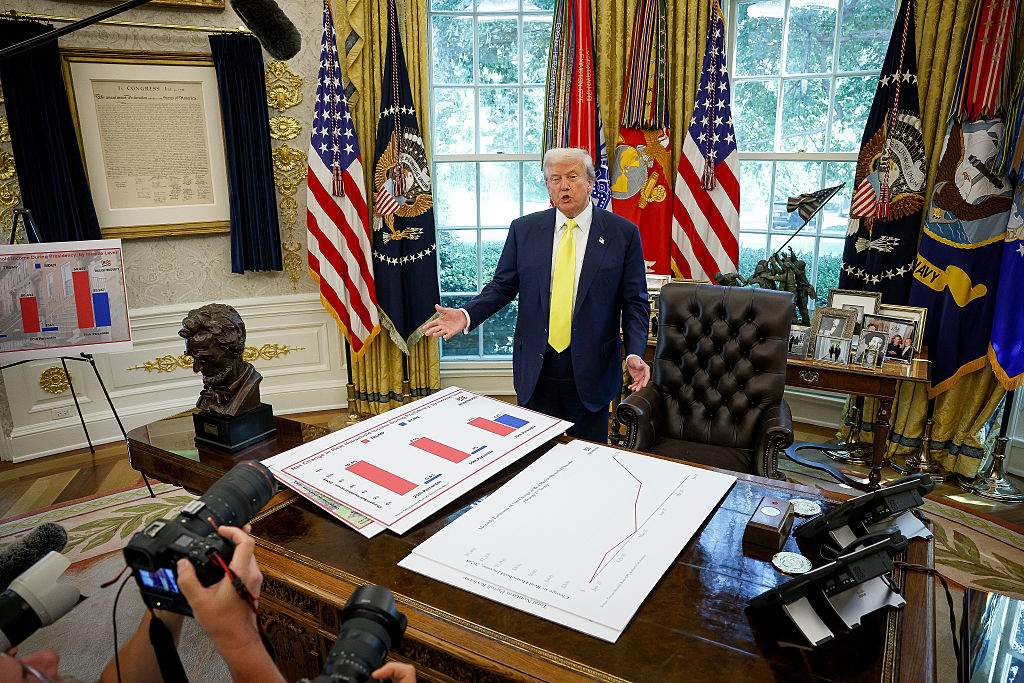 How to Invest for Rising Data Integrity Risk
How to Invest for Rising Data Integrity RiskAmid a broad assault on venerable institutions, President Trump has targeted agencies responsible for data critical to markets. How should investors respond?
-
 If You'd Put $1,000 Into Sherwin-Williams Stock 20 Years Ago, Here's What You'd Have Today
If You'd Put $1,000 Into Sherwin-Williams Stock 20 Years Ago, Here's What You'd Have TodaySherwin-Williams stock has clobbered the broader market by a wide margin for a long time.
